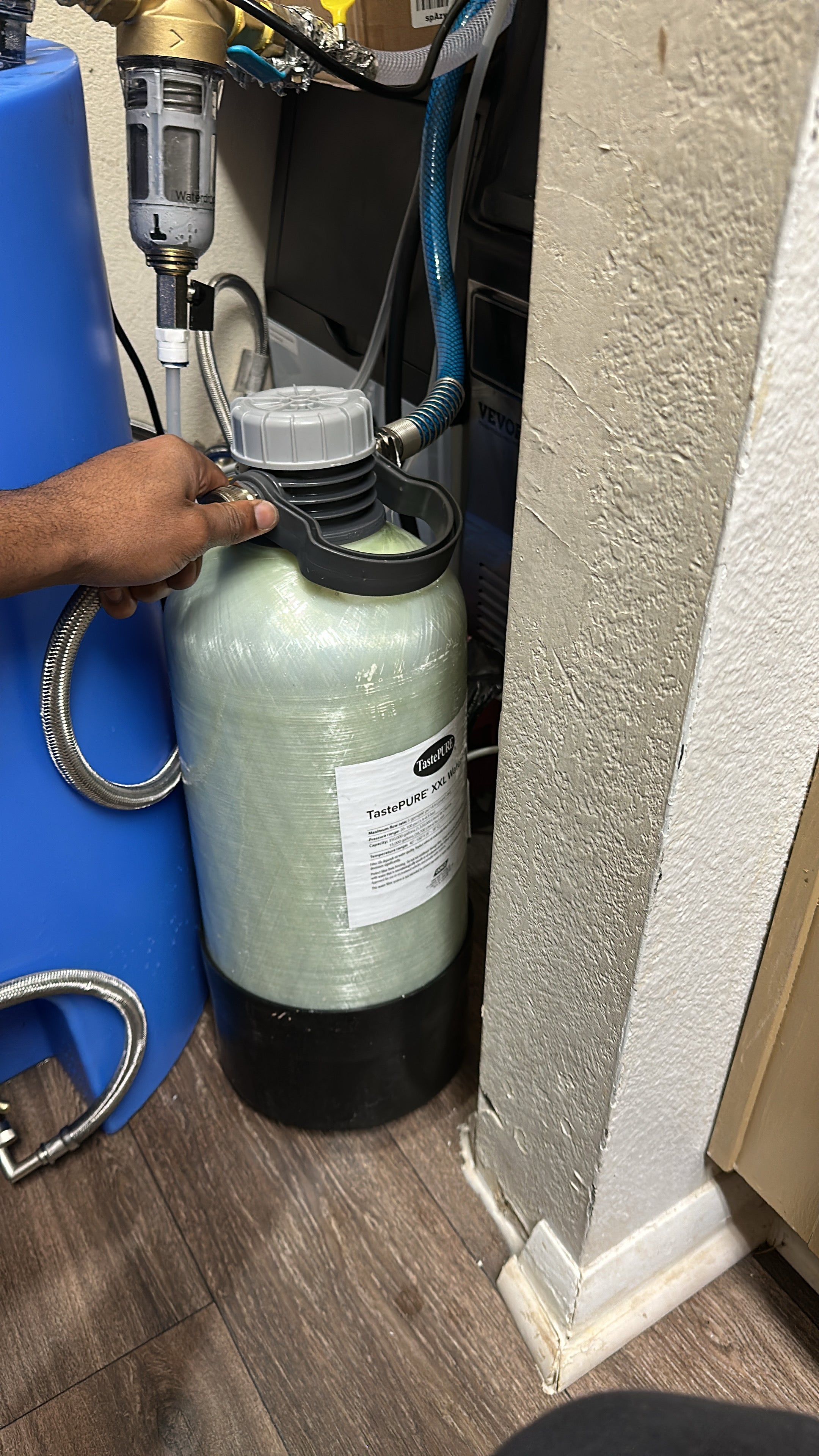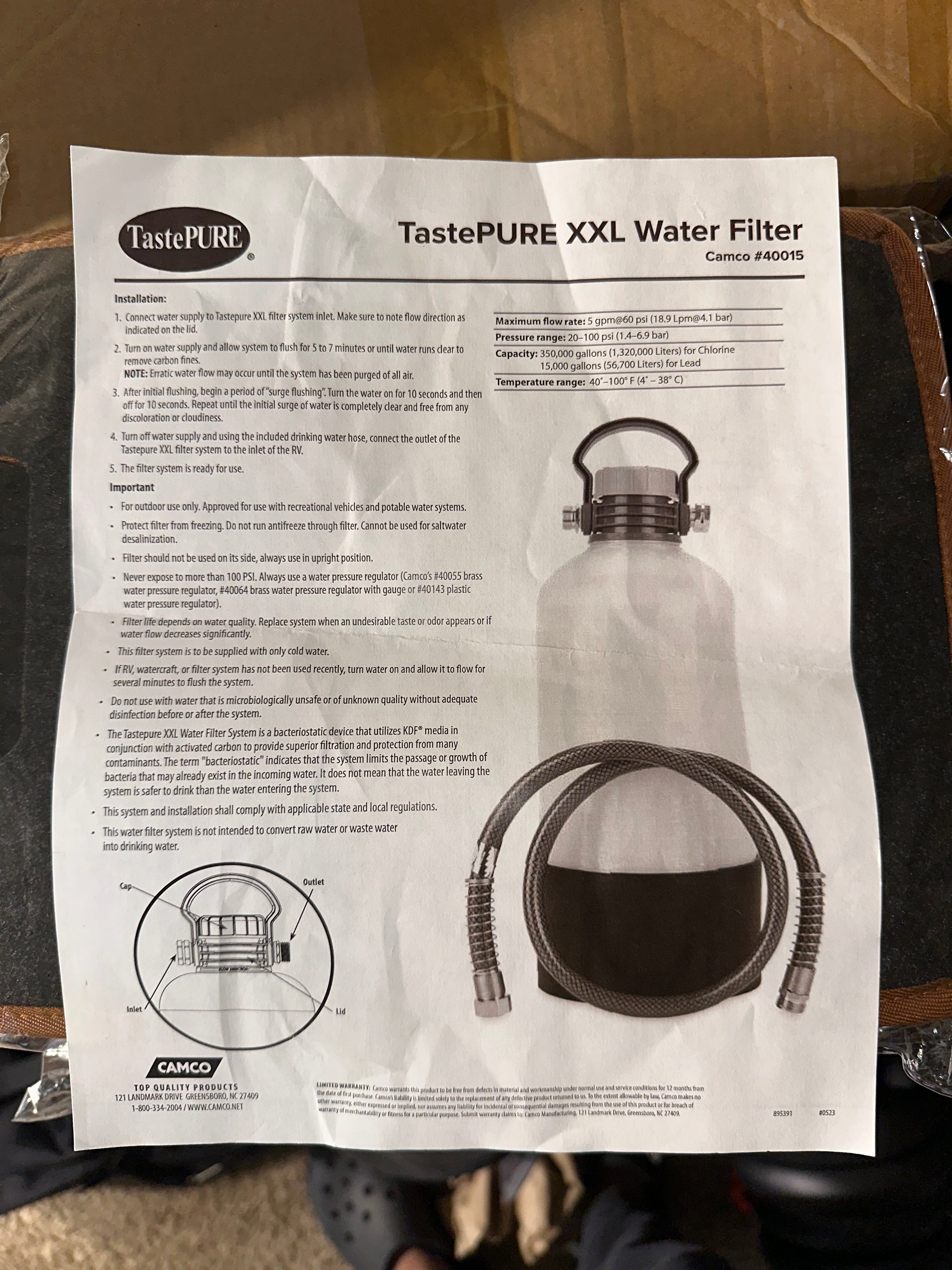🌍 From Noah to the Nations: How the Bible Explains Humanity’s Origins
From Cain and the Canaanites to Noah’s three sons—Shem, Ham, and Japheth—Nimrod’s empires, why Scripture zooms in on Shem, and how the Noahic covenant helps explain why great civilizations arose everywhere.
In this article
🧩 Cain & the Canaanites
The story opens with Cain and Abel. Cain’s violence becomes an early sign of human brokenness. Later, Genesis introduces the Canaanites—descendants of Canaan (Noah’s grandson through Ham)—a network of city-states in the Levant known for worship of Baal and other deities. Israel’s narrative often unfolds in tension with these neighbors.
🌊 The Flood & the Three Sons of Noah
After the flood, humanity resets through Noah’s three sons:
- Shem — forefather of Semitic peoples (including Abraham and Israel).
- Ham — associated with Egypt (Mizraim), Cush (Ethiopia/Sudan), Put (Libya), and Canaan (Levant).
- Japheth — linked with Europe and northern peoples (Greeks, Scythians, etc.).
Genesis 10—the Table of Nations—lists ~70 groups as Israel knew them. It’s a theological world-map, not a genetic atlas. In real history, peoples moved, mixed, traded, and intermarried far beyond these tidy lines.
⚔️ Nimrod: The First Empire-Builder
Among Ham’s descendants stands Nimrod, the “mighty hunter before the LORD” (Genesis 10:8–12). He founded Babel, Nineveh, Akkad, and Calah—seeds of Babylonian and Assyrian power. Later tradition treats Nimrod as a symbol of centralized empire and human pride—often contrasted with the humility expected of God’s covenant people.
📖 Why the Bible Focuses on Shem
Scripture narrows to Shem’s line because from Shem comes Abraham. Through Abraham, God establishes His covenant, gives the Law to Israel, sends prophets, and—according to Christian belief—brings forth Jesus. Other lines matter historically, but the Bible follows Shem to trace the covenant thread.
🌍 What About West/Southern Africa & Other Regions?
The Bible doesn’t list West Africa, Southern Africa, East Asia, or the Americas—those lands lay beyond Israel’s horizon. Later commentators broadly mapped “Ham” to all Africa, but Genesis itself names only the northeast/north of Africa (Egypt, Cush, Put) and the Levant (Canaan).
Great civilizations flourished far beyond the biblical map—Ghana, Mali, Songhai in West Africa; Great Zimbabwe in Southern Africa; powerful dynasties across Asia; and advanced cultures in the Americas. Their absence from the text is about geography, not value.
🌈 The Universal Covenant with Noah
In Genesis 9, God makes a universal covenant with Noah and his descendants—with all humanity. The sign is the rainbow; the promise is preservation of life and the call to be fruitful. Jewish tradition summarizes basic universal ethics in the Seven Noahide Laws, underscoring that peoples outside Israel remain under God’s moral care.
🏛️ Why Great Nations Arose Everywhere
If the Noahic covenant extends to everyone, global greatness makes sense. Examples include:
- Egypt — pyramids, medicine, administration.
- Babylon & Assyria — law codes, astronomy, libraries.
- Israel — covenant, prophets, Scripture.
- Greece & Rome — philosophy, law, empire.
- West Africa — Ghana, Mali, Songhai; Mansa Musa’s golden age.
- Southern Africa — Great Zimbabwe; regional trade networks.
- East Asia — classical dynasties, inventions, civil service.
- Americas — Mayan astronomy; Aztec & Incan engineering.
✨ The Big Picture
The Bible’s story is both specific and universal. It traces the covenant through Shem, yet it begins with Noah—ancestor of all. That’s why great cultures arise everywhere: the covenant with Noah never vanished. Shem’s line carried the message; all lines carried the blessing.
From Babylon to Mali, from Egypt to China, from Israel to the Americas, humanity reflects one family under a universal promise.


















Leave a comment
This site is protected by hCaptcha and the hCaptcha Privacy Policy and Terms of Service apply.